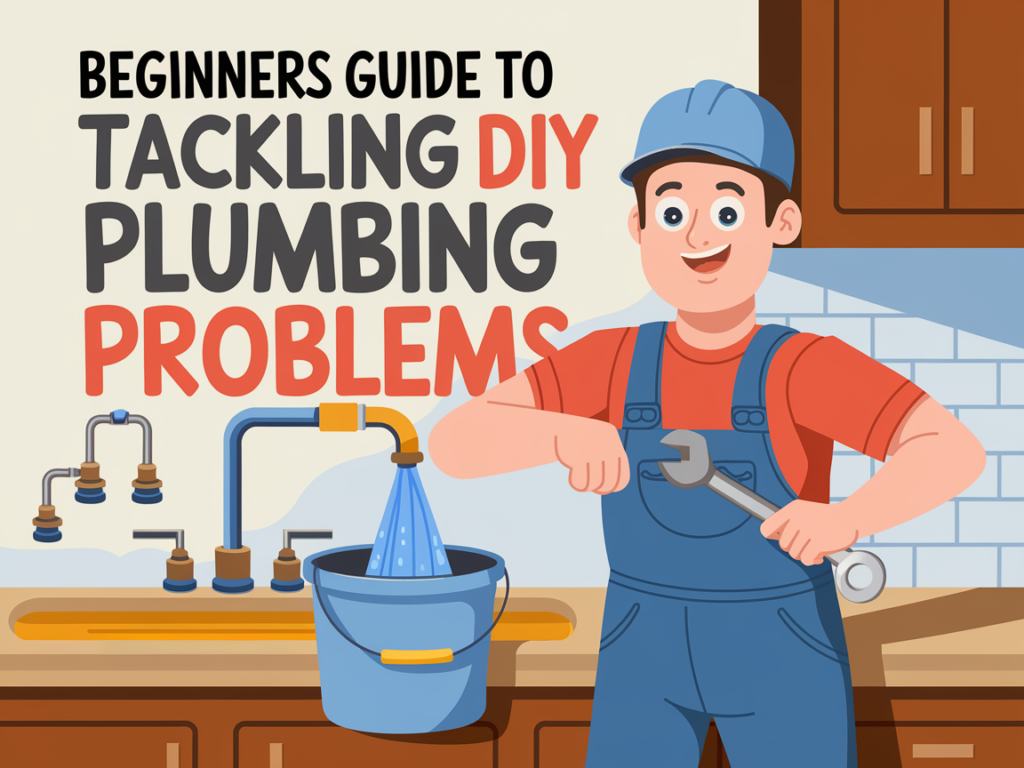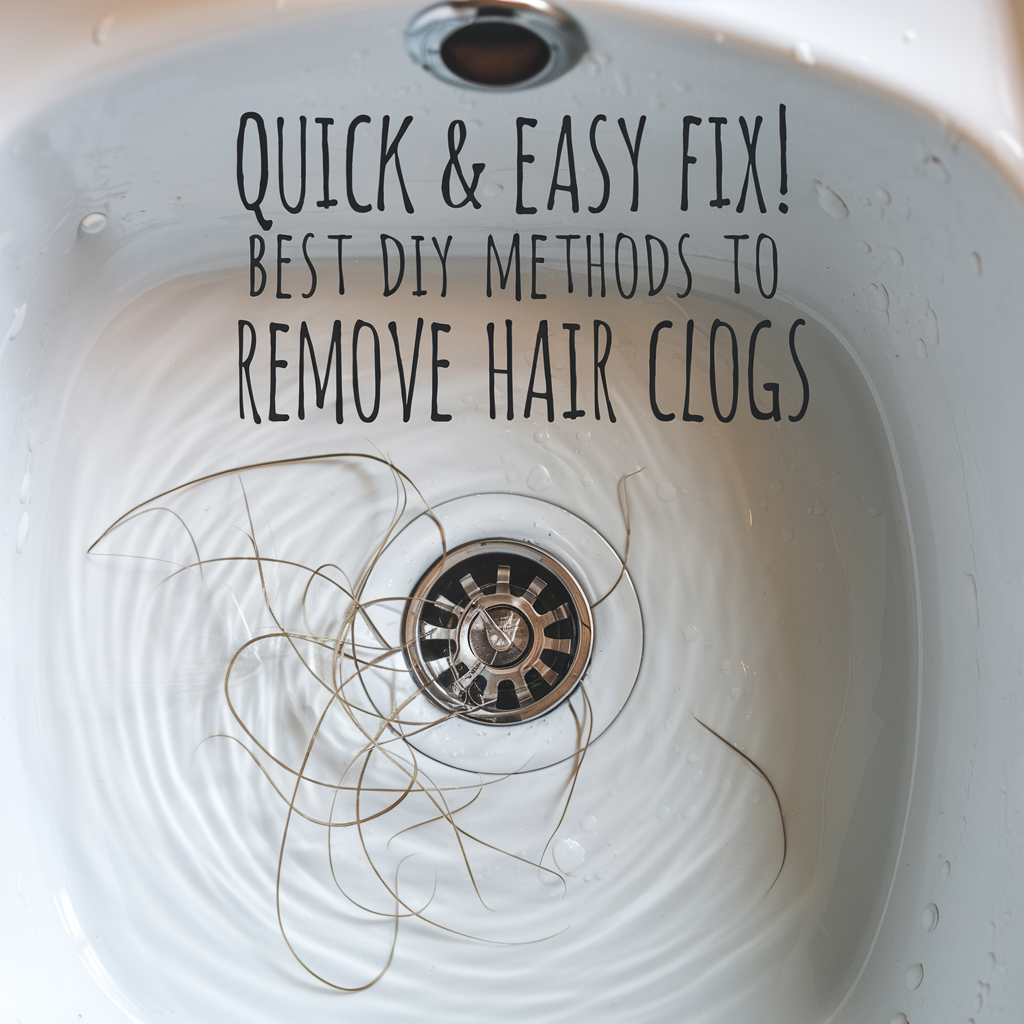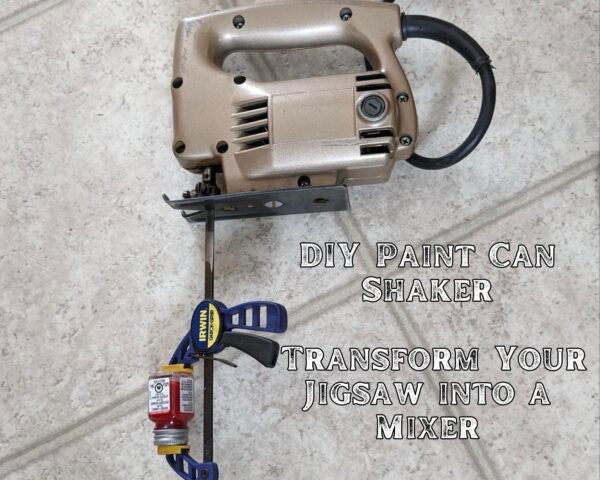
When it comes to plumbing issues, knowing how to handle basic repairs can save you time, money, and the hassle of calling a professional. With the right tools and knowledge, many common plumbing problems can be resolved with a do-it-yourself (DIY) approach. In this guide, we will explore some easy DIY plumbing repairs that you can tackle with confidence. From fixing leaky faucets to unclogging drains, empower yourself with the skills to address plumbing issues effectively and efficiently.
How to Identify and Fix a Leaky Faucet
A leaky faucet isn’t just an annoyance—it can waste gallons of water and increase your utility bill. The good news is that fixing a dripping faucet is one of the easiest DIY plumbing repairs and usually takes less than an hour.
Step 1: Determine the Type of Faucet
There are four main types of faucets, and each requires a slightly different repair approach:
✔ Compression faucets – Older models with separate hot and cold handles, often fixed by replacing a rubber washer.
✔ Ball faucets – Found in many kitchens; contain small moving parts that may need replacing.
✔ Cartridge faucets – Common in bathrooms; usually fixed by replacing the cartridge inside.
✔ Ceramic disk faucets – Long-lasting but can develop leaks if the ceramic seals wear out.
Step 2: Fix the Leak
- Turn off the water supply under the sink.
- Remove the faucet handle using a screwdriver or Allen wrench.
- Inspect the washer, O-ring, or cartridge—whichever is causing the leak.
- Replace the worn-out part and reassemble the faucet.
- Turn the water back on and test for leaks.
A simple washer or cartridge replacement can often stop the dripping, saving you money and preventing water waste.

How to Unclog a Slow or Blocked Drain
A slow-draining sink or bathtub is a common household problem, often caused by hair, soap buildup, grease, or food debris. Instead of calling a plumber, you can clear most clogs yourself using a few easy methods.
1. Try Boiling Water First
Pouring a kettle of boiling water down the drain can break up minor grease or soap clogs without chemicals.
2. Use a Baking Soda & Vinegar Solution
A natural and effective method:
- Pour ½ cup of baking soda down the drain.
- Follow with 1 cup of white vinegar and let it fizz for 15 minutes.
- Rinse with hot water to flush out loosened debris.
3. Use a Plunger or Drain Snake
For tougher clogs, a sink plunger or drain snake can remove built-up hair and grime. Plunging works best for sinks with standing water, while a snake is ideal for deep blockages.
If you experience frequent clogs, it may be time to check for deeper plumbing issues, such as blocked pipes or tree root intrusion.

How to Fix a Running Toilet
A toilet that won’t stop running can waste hundreds of gallons of water each day. The most common cause is a faulty flapper valve, fill valve, or chain inside the tank.
Step 1: Diagnose the Problem
- If water is constantly flowing into the bowl, the flapper may not be sealing properly.
- If the tank overflows, the float or fill valve may need adjusting.
- If the chain is too short or tangled, the flapper won’t close fully.
Step 2: Repair the Toilet
- Turn off the water supply at the shutoff valve.
- Remove the tank lid and inspect the internal components.
- Adjust or replace the flapper valve if it’s worn out or warped.
- Check the float and fill valve—adjust the float height to prevent overflow.
- Turn the water back on and test to ensure the toilet stops running.
Most toilet repairs require no special tools, and replacement parts are inexpensive at any hardware store.
How to Fix Low Water Pressure in Your Home
If your sink, shower, or entire house has low water pressure, there are several possible causes—some easy to fix, others requiring deeper investigation.
1. Clean or Replace Clogged Aerators
Faucets and showerheads have small mesh screens (aerators) that can clog with sediment and mineral buildup over time. To clean them:
- Unscrew the aerator from the faucet.
- Soak it in vinegar for 30 minutes to dissolve deposits.
- Rinse and reinstall to see if water pressure improves.
2. Check for Leaks in Your Plumbing
Leaks in pipes can reduce water pressure throughout your home. Check for:
✔ Wet spots on walls or ceilings
✔ Dripping pipes under sinks
✔ Unusually high water bills
If a hidden leak is suspected, calling a plumber may be necessary to avoid long-term damage.
3. Ensure the Main Water Valve Is Fully Open
Sometimes, the main water shutoff valve near your home’s water meter isn’t fully open, restricting flow. Turning it all the way counterclockwise can restore full pressure.
If low water pressure affects the whole house, it may be a municipal water supply issue—contact your local water provider for updates.

- Fixing a Leaky Faucet:
A leaky faucet is not only annoying but can also waste a significant amount of water. Fortunately, repairing a leaky faucet is a relatively straightforward DIY task. Start by turning off the water supply, disassembling the faucet, and replacing the worn-out washers or O-rings. Reassemble the faucet, turn the water back on, and voila! Your faucet should be leak-free.
- Unclogging Drains:
Clogged drains are a common plumbing issue that can be resolved without professional help. Begin by using a plunger to create a seal around the drain and applying firm pressure to dislodge the clog. If that doesn’t work, try using a plumbing snake or drain auger to break up the obstruction. You can also make a homemade drain cleaner by combining baking soda and vinegar, followed by hot water, to dissolve minor clogs.
- Repairing Running Toilets:
A running toilet can waste a significant amount of water and drive up your utility bill. Fortunately, fixing a running toilet is often a simple DIY repair. Start by removing the tank lid and checking the flapper valve. If it’s worn or damaged, replace it with a new one. Adjusting the chain length or the water level in the tank can also help resolve the issue. In some cases, cleaning or replacing the fill valve may be necessary.
- Replacing a Showerhead:
If your showerhead is old, clogged, or not performing as it should, replacing it is a straightforward task. Start by turning off the water supply to the shower. Use an adjustable wrench to loosen and remove the old showerhead. Apply plumber’s tape to the threads of the new showerhead to ensure a watertight seal, then screw it onto the shower arm by hand. Use the wrench to tighten it slightly, being careful not to overtighten.
- Sealing Leaky Pipes:
Leaky pipes can cause water damage and increase your water bill. Fortunately, sealing a leaky pipe is a relatively simple DIY fix. Identify the source of the leak and turn off the water supply to that section of the plumbing. Clean the pipe thoroughly, apply a plumbing epoxy or pipe sealant, and wrap the area with rubber or silicone tape for added reinforcement. Allow the sealant to cure according to the manufacturer’s instructions before turning the water back on.
With the right tools, knowledge, and a can-do attitude, many common plumbing issues can be addressed through DIY repairs. By learning how to fix a leaky faucet, unclog drains, repair running toilets, replace showerheads, and seal leaky pipes, you can handle basic plumbing problems effectively and save money on professional services. Remember to approach each repair with caution, turn off the water supply when necessary, and seek professional help for complex or hazardous situations. Empower yourself to tackle DIY plumbing repairs, and enjoy the satisfaction of resolving common plumbing issues with ease.
As an Amazon Associate we earn from qualifying purchases through some links in our articles.



